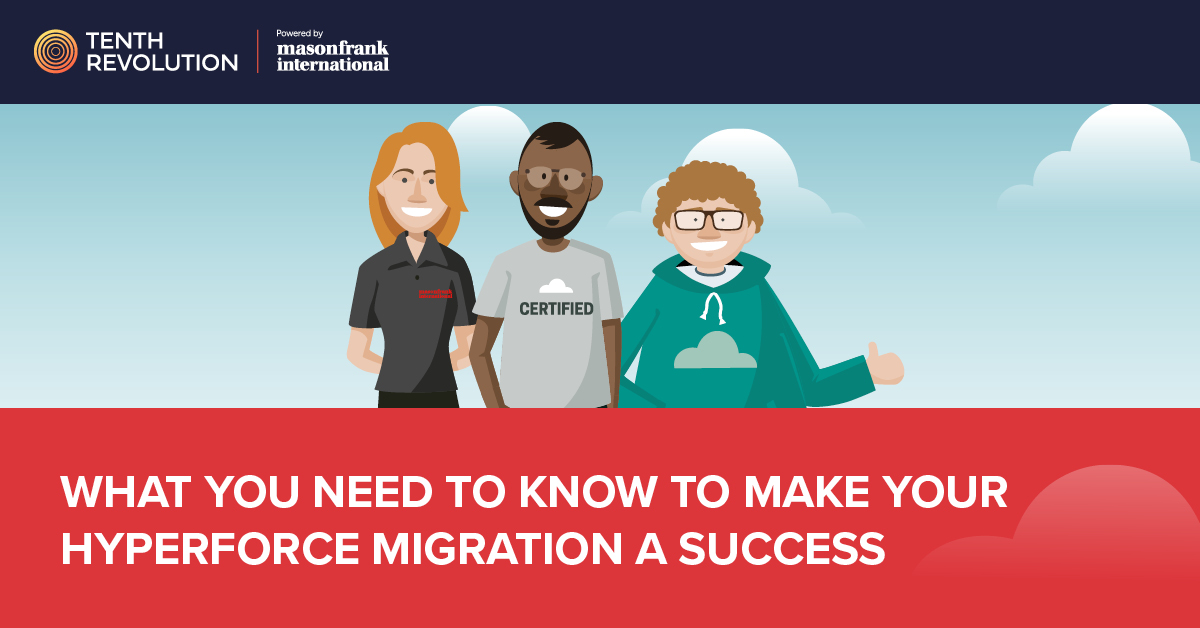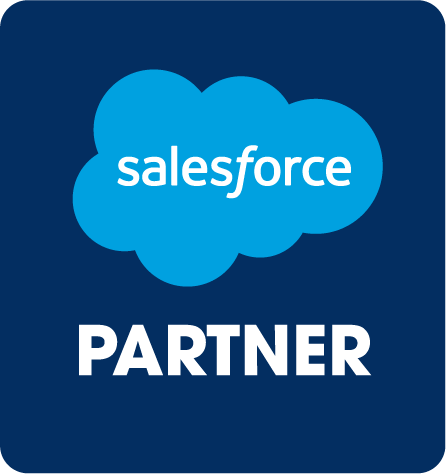
For many Salesforce leaders, Hyperforce is no longer optional.
As Salesforce continues its shift to public cloud infrastructure, with new regional zones like the EU Operating Zone, enterprises are being pushed to rethink their architecture, compliance, and integration strategies.
Migrating to Hyperforce is a significant step, and one that requires careful planning to avoid disruption.
To make this practical, here’s a framework of what executives need to consider before, during, and after a Hyperforce migration.
1. Assess your current architecture
Start by understanding where you are today. Map out your org structure, integrations, data flows, and dependencies. This will give you a baseline for assessing what needs to change during migration. Common challenges include:
- Complex custom code that may not behave the same in a new infrastructure.
- Integrations with external systems that depend on fixed IPs or regional endpoints.
- Legacy environment strategies that don’t align with modern, cloud-native scaling.
Knowing your baseline will make it easier to prioritize the resources and expertise you’ll need for migration.
If you’re struggling with architecture planning, Mason Frank can help you find Salesforce professionals experienced in Hyperforce migrations.
2. Plan for compliance and data residency
Hyperforce migration is not only about performance, it’s about compliance. Regionalization, particularly in the EU Operating Zone, allows enterprises to keep data within specific borders. Leaders should:
- Review GDPR, HIPAA, or industry-specific requirements.
- Work with legal and governance teams to confirm residency and retention policies.
- Align compliance frameworks with new infrastructure options offered by Hyperforce.
This is your opportunity to strengthen trust with customers while also reducing regulatory risk.
3. Redesign your environment strategy
Traditional Salesforce environments were often treated as static, but Hyperforce introduces more flexibility. Enterprises should think about:
- How to scale testing and staging environments dynamically.
- Whether to regionalize sandboxes to match production data residency.
- How to build redundancy into their environment strategy to reduce downtime.
This step is especially critical for global organizations with users across multiple regions.
Want to know why demand for Salesforce professionals with cloud and DevOps skills is rising? Our Salesforce Careers & Hiring Guide breaks down hiring trends across the ecosystem.
4. Test integrations thoroughly
Integrations are often the most complex part of any migration. APIs, middleware, and partner systems may behave differently in a new hosting environment. Leaders should:
- Build a testing plan that covers all critical integrations.
- Work with vendors to confirm compatibility with Hyperforce infrastructure.
- Consider phased migration to reduce risk of business disruption.
Failing to plan for integrations is one of the most common sources of downtime during major migrations.
5. Communicate and train your teams
Technical readiness is only half the battle. Your people need to understand what’s changing, why it matters, and how it affects their workflows. This includes:
- IT teams responsible for ongoing support.
- Business users who rely on Salesforce daily.
- Compliance and security staff who need to update governance frameworks.
Clear communication builds confidence and reduces the risk of resistance once you switch to Hyperforce.
6. Monitor and optimize post-migration
A successful migration doesn’t end once you flip the switch. Post-migration monitoring ensures stability and helps capture the benefits Hyperforce is designed to deliver:
- Improved performance and scalability.
- Stronger compliance with regionalization options.
- Opportunities to modernize integration and environment strategies.
Continuous optimization will help you realize the full value of the move.
Why this matters for executives
Hyperforce is more than an infrastructure change. It’s an opportunity to re-architect Salesforce environments for scalability, compliance, and long-term resilience. Executives who prepare with a structured plan will not only reduce migration risk but also position their organizations for faster innovation in the years ahead.


